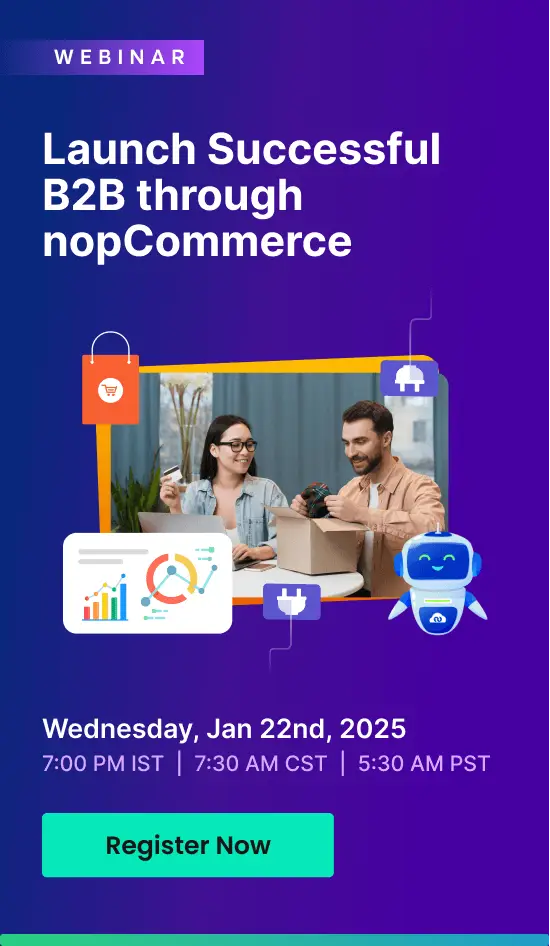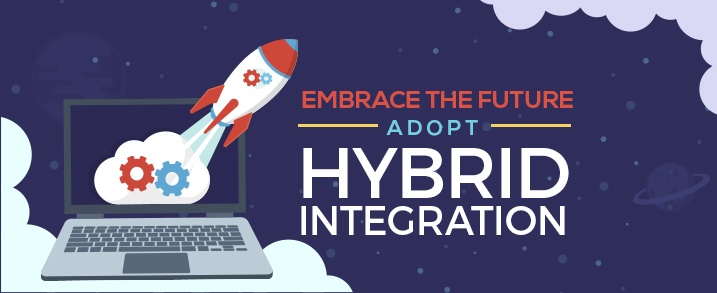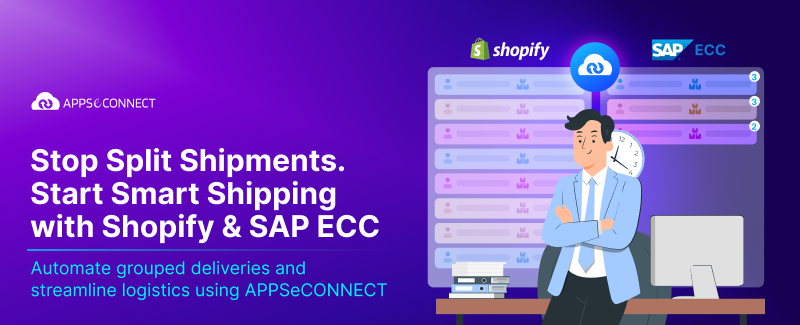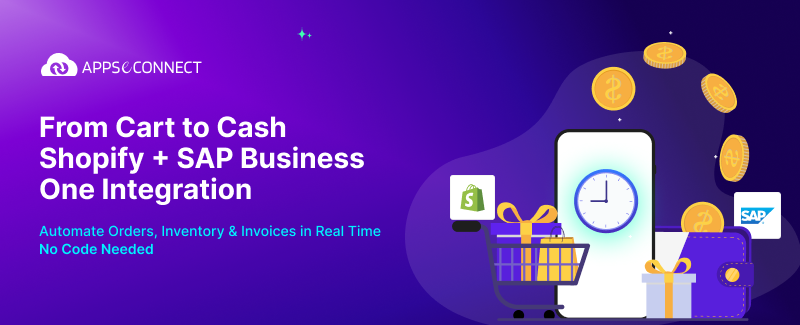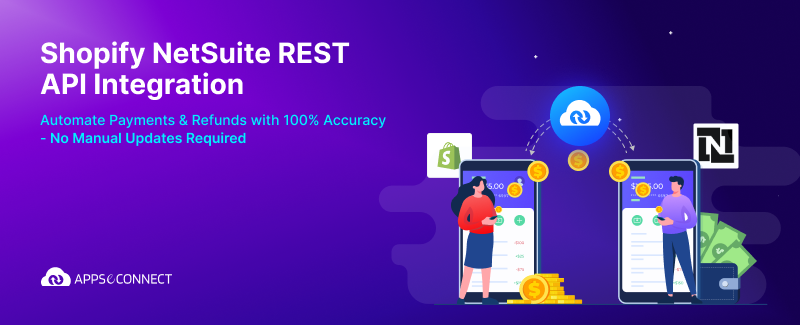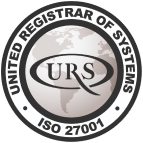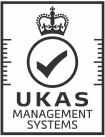You might have already been in this situation: your employee requests access to data on his cell phone or tablet, and you implement a bring-your-own-device (BYOD) policy. As your data is no longer within the confines of your own firewall, or your IT infrastructure, you begin to control and manage data in the cloud, enforcing security standards. Yet, you might have often observed, what you do is never enough, and there is always something new in the world of technology. With more organizations understanding the importance of connecting different applications they use, will they go full throttle and adopt cloud 100% or move toward hybrid integration? The answer, of course, is, the world is moving toward hybrid integration, and it is doing so on an agile model. Hybrid integration lets you have the cake & eat it as well. Let us take a look at why hybrid integration may be just what the doctor ordered for your organization.
When should you just stick to cloud integration?
Most companies now realize the importance of moving toward a cloud-based Integration Platform as a Service (iPaaS) infrastructure. However, a completely cloud based iPaaS works only if certain conditions are met. In the first scenario, you may have all your applications in the cloud, and you do not have any applications on-premises. In such a scenario, it is easier to connect apps in the cloud and maintain integration in the cloud as well. This scenario works well for smaller companies or those who do not have a lot stored on-premises. This will help you to avoid confusing on-premises implementation, installation, getting patches, etc. You will save time, reduce the difficulties associated with on-premises integration and also, ensure that your total expenditure is not all that much. However, this scenario may not be the best option if you have a number of applications on-premises. It can also become complicated when you have a certain number of older applications on-premises, but you have decided to use the cloud for newer applications. In these scenarios, a completely cloud-based approach may not help you.
When you are perfectly fine with on-premises integration?
On-premises integration works well for older companies, which have a lot of applications stored on their own private infrastructure. It is especially important for companies which have most of their ERP modules set on-premises. If most of your applications are on-premises, it makes sense to implement integration on-premises too, even if it is going to be a little convoluted and complex. Most of the older companies already would have invested in software tools that are on-premises, and they may not want to move to the cloud at all, as that complicates things. Moreover, a few cloud-based integration tools may provide a number of features, but will not provide a lot of control to organizations over their own data and security. If you are worried about not having absolute control over your applications, you might want to choose the strictly on-premises integration model. This will prove to be expensive, and may also take a lot of time to implement and will require constant patches, updates, and security checks. Moreover, you will probably need to hire engineers who ensure that each time an application is updated; the other applications that are integrated with it are not affected.
Hybrid lets you have the best of cloud and safety of on-premises
Most companies, however, do not use cloud entirely or keep all their applications on-premises exclusively. There is a happy mix between the two. This is where the hybrid model comes to play. A hybrid model connects applications on-premises and in the cloud. While connecting applications within the cloud is enabled by iPaaS, connecting applications on-premises is made secure by the firewall. A hybrid platform securely connects applications on-premises and in the cloud, making sure that you have all the flexibility you want from integration. For example, if you decide today that you wish to keep some data in the cloud, and later decide that some of it have to be on-premises, the hybrid integration model provides you with that freedom. Of course, the hybrid model comes with extra layers of security and complexities, and you will probably pay a little more on these layers. Yet, it makes good sense to use hybrid integration if you aren’t a very small company (in which case, entirely cloud iPaaS is perfectly manageable) or a very large company (in which case, you can afford to keep everything on premises.
Embrace the future: Adopt hybrid integration
Unless you are a very small company that cannot afford to move toward an agile integration model, wherein one tries to move as much as possible to the cloud and retain a few things on premises (a hybrid model), hybrid integration approaches are best suited for most companies. With an increasing number of employees requesting they be able to use their own devices, you can kick-start your BYOD strategy if you opt for hybrid integration. Whether your marketing manager wants to access your CRM on his iPhone, or the sales guy wants to use your POS module on the field, you remain covered. You get to choose what is available in the cloud, and what is restricted to on-premises. Of course, this might mean you will spend a little more, but you can rest in peace knowing all your data isn’t in the cloud, nor are you making yourself sluggish by keeping everything on-premises. Hybrid integration is certainly the way forward, and most companies, both large and small, are adopting this strategy. If you would like to learn more about how hybrid integration practices can help you become more productive, and implement your BYOD and IT policies, do give us a call. We would be happy to clear your doubts and explain which model is best for your individual business.
About APPSeCONNECT:
APPSeCONNECT is a Smart iPaaS Solution which can easily Integrate your business applications viz. ERP, Ecommerce, CRM and Marketplace under one single platform to improve your business process.

You may also like:
What Does the Future of Cloud Integration Look Like?
Bespoke Integration Solution Vs Enterprise Grade Integration Products
40 Challenges to Counter during Integration Implementation
Event Driven Integrations using Webhooks



